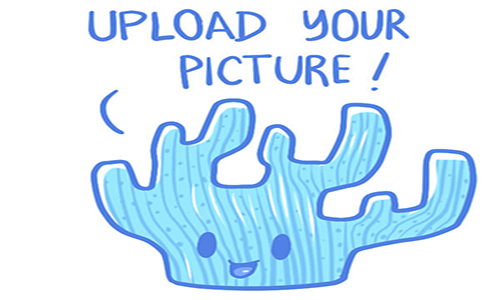- Name:
Giant Star Coral
- Family: Faviidae
- Species: Moseleya
- Scientific Name: Moseleya latistellata

General info about Giant Star Coral
In general, corals coming from the genus Moseleya have colonies that are flat, submassive, disc-like or free-living. They have a cerioid type of coralite with a large central corallite that can measure up to 35 millemeters in diameter. Their mouth have rows of fine teeth that usually exserts paliform lobes.
For the Giant Star Coral, they are predominatly colored light brown with white mouth. This are the water parameters for cultivating Giant Star Coral:
- Calcium: 400 - 450 ppm
- Alkalinity: 2.86 - 3.93 MEQ/L (8 - 11 dKH)
- Phosphates: 0
- Magnesium: 1200 - 1350
- Strontium: 8 -10
- Temperature: 74° - 83° F (23° - 28° C)
- Salinity / Specific Gravity: 1.023 - 1.025
Giant Star Coral Diet & Nutrition
Giant Star Coral can survive without feeding courtesy from the nourishment it recieves from the symbiotic zooxanthellae that is living within them. However, they will not grow in to a bigger colony. With this and for faster growth, you need to feed them with supplemental foods like krill, mysis or brine shrimp. The addition of dissolved organics is also recommended.
Fragging / Propagating Giant Star Coral
A mature tank is highly recommended in propagating Giant Star Coral. They need to be set at the bottom portion of the tank where lighting and flow rate are in moderation.
Flow / Lighting Requirements for Giant Star Coral
Giant Star Coral requires moderate lighting and moderate water flow. Too much water flow causes the polyps to be retracted and feeding cannot take place.
Parasites & Diseases that Affect Giant Star Coral
Giant Star Coral is susceptible to hair algae. This usually occurs if the water flow is too low or not sufficient.
Giant Star Coral Origin
Giant Star Coral can be found in the waters of the Indo-Pacific Ocean, particularly in Australia, South east Asia and South China Sea. They are now classified as a vulnerable species and listed under Appendix II of the CITES list which means that their international trade is monitored.
Caution Should be Taken with Giant Star Coral
Giant Star Coral must be set in the tank with enough spacing in relation to other coral species.
How to Acclimate Giant Star Coral
Since the Giant Star Coral are a marine species, salinity must be entirely maintained at 1.023 to 1.025 specific gravity.
Stinging Tentacles on Giant Star Coral
Giant Star Coral have long sweeper tentacles that comes out at night. If they are set near to another coral, they will extend out their tentacles and invade other polyps which has been proven to cause mortality.
Original Detail
| Name | Species | Family | Scientific Name | More Detail | Added by |
|---|---|---|---|---|---|
| Giant Star Coral | Moseleya | Faviidae | Moseleya latistellata | In general, corals coming from the genus Moseleya have colonies that are flat, submassive, disc-like or free-living. They have a cerioid type of coralite with a large central corallite that can measure up to 35 millemeters in diameter. Their mouth have rows of fine teeth that usually exserts paliform lobes. For the Giant Star Coral, they are predominatly colored light brown with white mouth. This are the water parameters for cultivating Giant Star Coral:
|
PalaciosAn |


